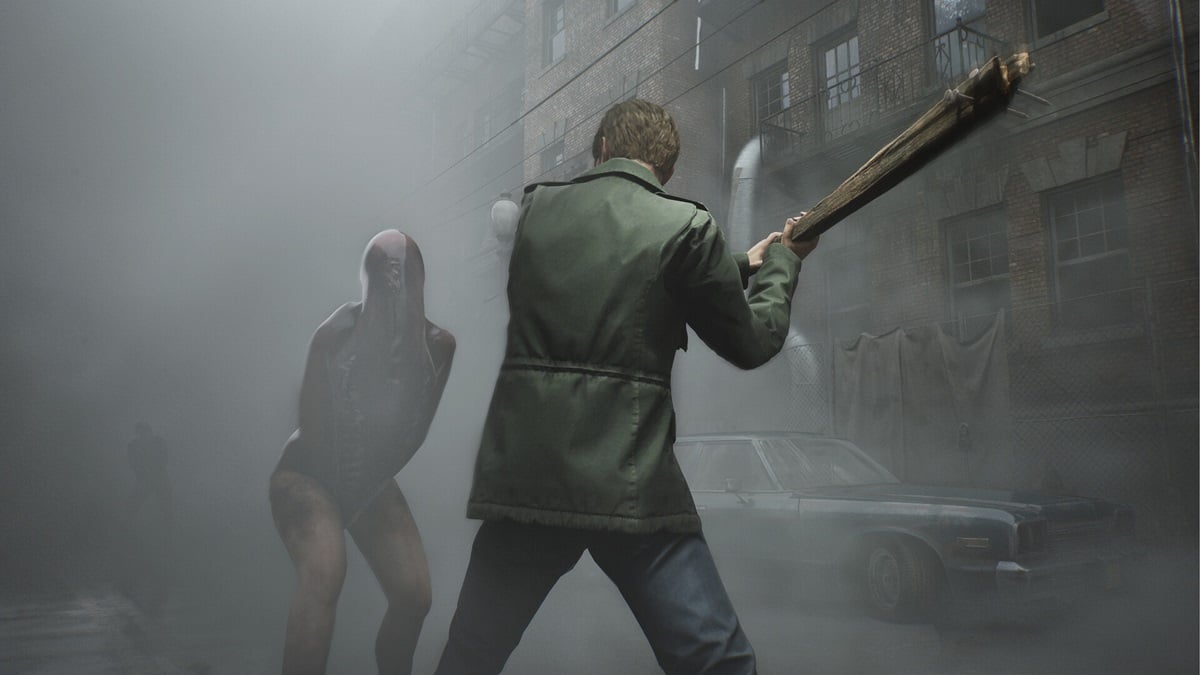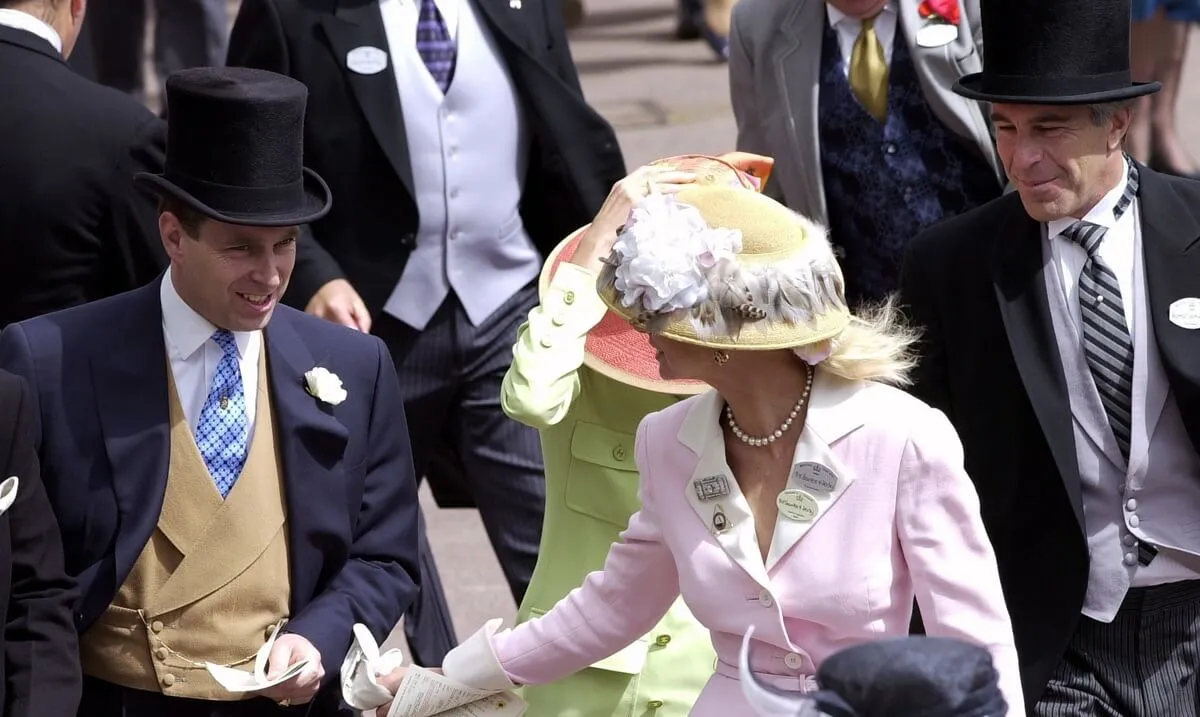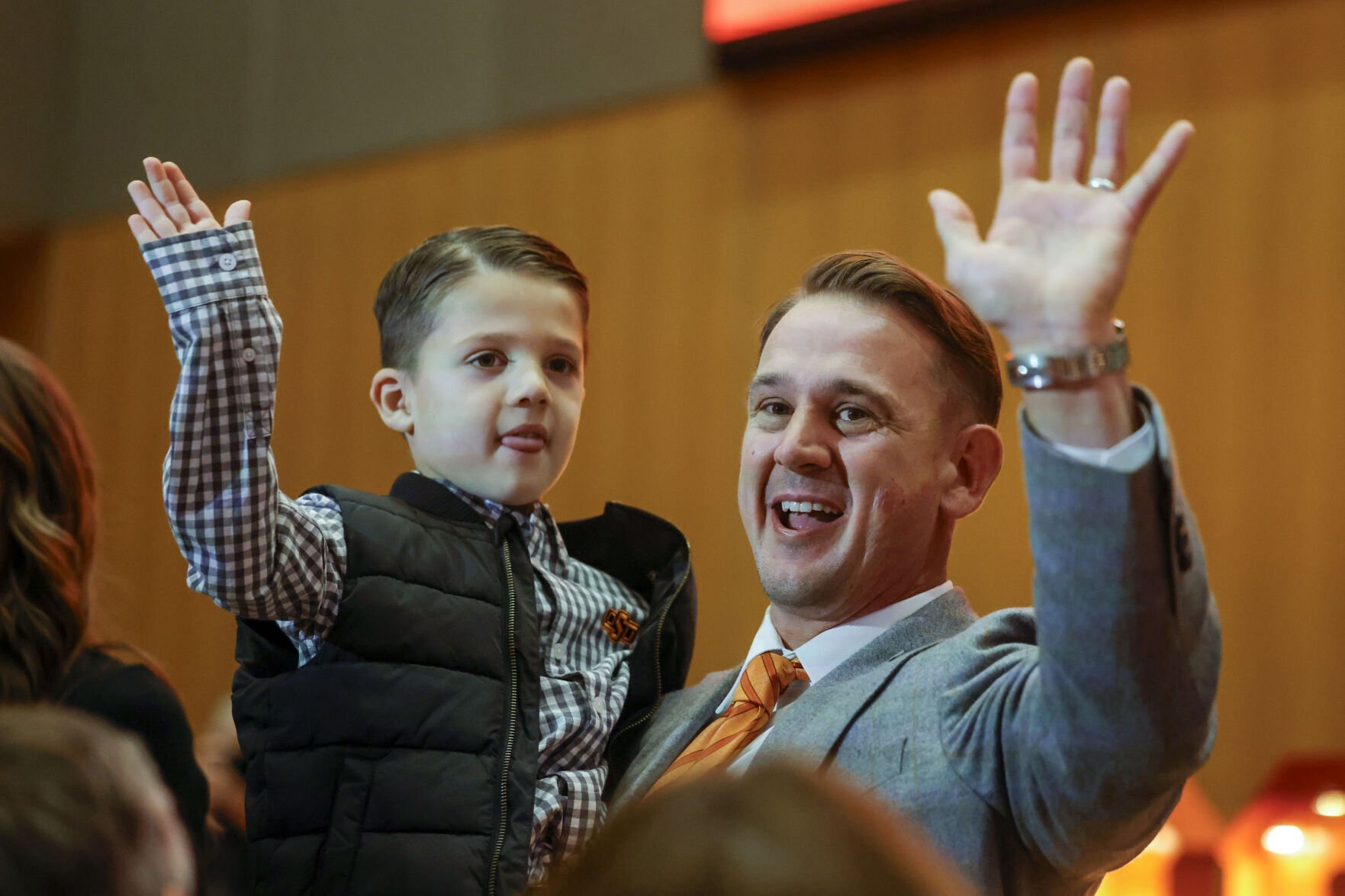Silent Hill redefined survival horror by blending personal demons with terrifying monsters, creating a legacy that shaped the genre for generations. From Team Silent’s early masterpieces to newer installments, each entry offers a unique look into the twisted corridors of fear.
13 best Silent Hill games, ranked

Key Takeaways:
- The Silent Hill series was pioneered by the creative collective known as Team Silent.
- Konami’s decision to outsource future titles after Silent Hill 4 led to varied results.
- “Silent Hill 2” remains a defining achievement in atmospheric horror.
- “P.T.” revolutionized the genre with minimal yet unforgettable gameplay.
- Recent titles like “Silent Hill F” and “The Short Message” reflect the ongoing evolution of the franchise.
The Evolving Nightmare
Silent Hill first emerged in 1999, when Team Silent—a small group at Konami—channeled psychological unease into a new kind of survival horror. Atmosphere quickly became the series’ hallmark, with its signature fog initially conceived to mask the PlayStation’s hardware limitations. Instead, that hazy gloom heightened tension, inviting players to peer into the unknown.
Post-Team Silent Challenges
Despite the initial games’ acclaim, Konami dissolved Team Silent after releasing four main titles. In the aftermath, the company outsourced development on entries like Silent Hill: Origins and Silent Hill: Homecoming. While these games carried over some traditions—such as unsettling environments and haunting sound design—fans criticized changes to established lore and questioned whether the essence of psychological horror remained. Nevertheless, some installments, like Silent Hill: Downpour, managed to capture flashes of the unsettling spirit that originally defined the franchise.
The Pinnacle of Fright
Many enthusiasts point to Silent Hill 2 as the series’ defining moment. Instead of broadening the scale or amplifying jump scares, this sequel ventured inward. Players encountered deeply personal horrors, with the iconic Pyramid Head embodying traumatic guilt and self-punishment. Critically lauded for its resonant themes and oppressive setting, Silent Hill 2 still sits atop numerous “best horror games” lists.
In 2014, P.T. expanded that legacy in a demo so influential it practically reshaped the entire horror genre. Though never evolving into a full title, P.T.’s claustrophobic corridor and deliberate pacing showcased a new wave of immersive terror. It remains a testament to Silent Hill’s persistent ability to subvert player expectations.
Modern Experiments
Konami’s more recent efforts aim to reinvigorate this storied franchise. Silent Hill F takes the terror outside the titular town, hoping to refresh an established formula with new imagery and gameplay mechanics. Meanwhile, Silent Hill: The Short Message introduced another boundary-pushing approach, capitalizing on the current generation’s hardware to deliver smooth visuals and a macabre setting. Though neither title surpasses the psychological brilliance of Silent Hill 2 or the sheer tension of P.T., both reflect ongoing attempts at innovation.
Where the Story Ends and Begins Again
Silent Hill’s influence stretches far beyond its iconic fog and radio static. The series redefined survival horror in the late ‘90s and early 2000s, showing how personal trauma can be scarier than any mere jump scare. Even when later entries faltered, new experiments gave fans glimpses of hope. As long as developers channel the original spirit of introspective dread, Silent Hill’s twisted legacy will never truly fade into the mist.











